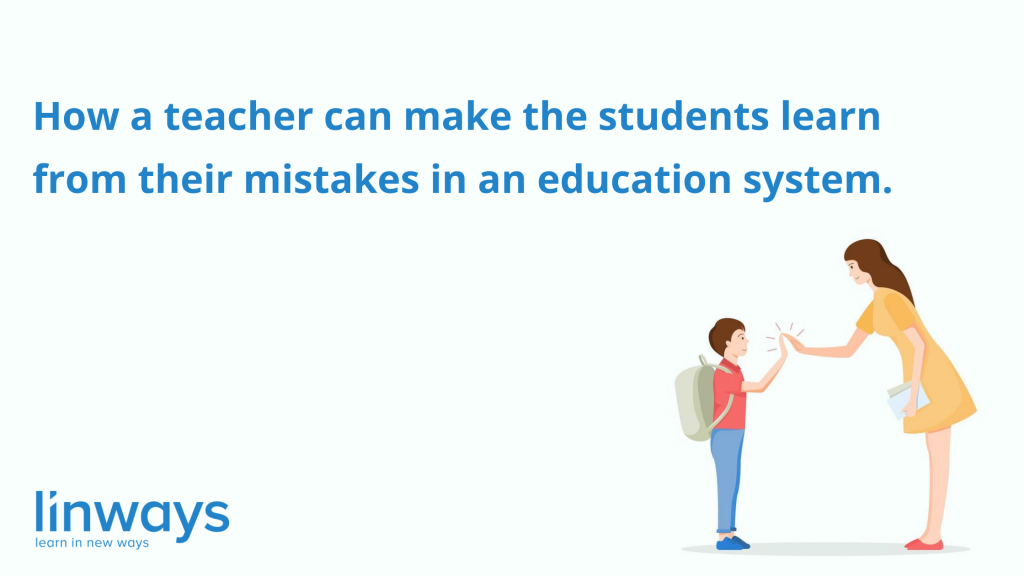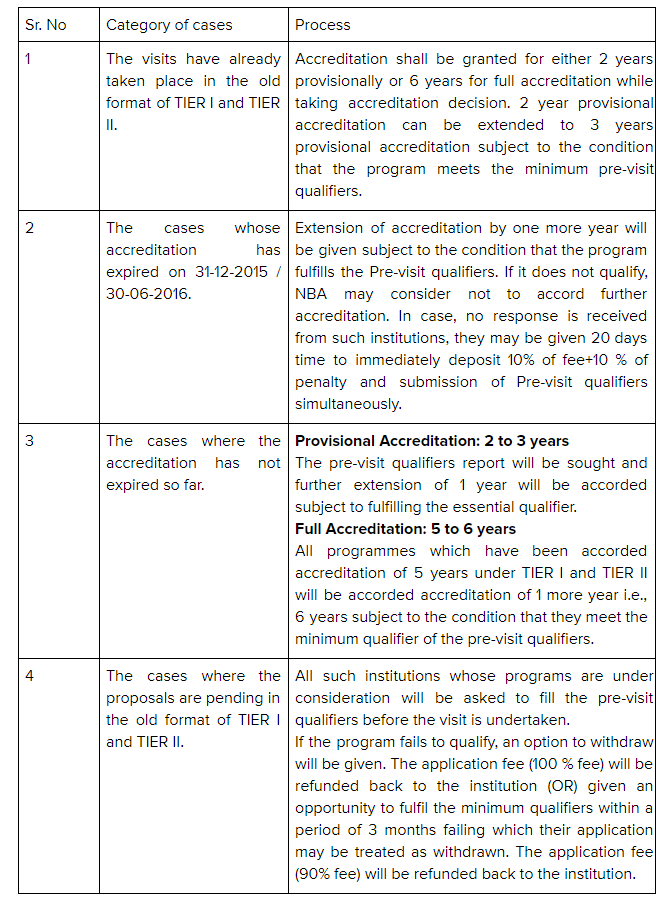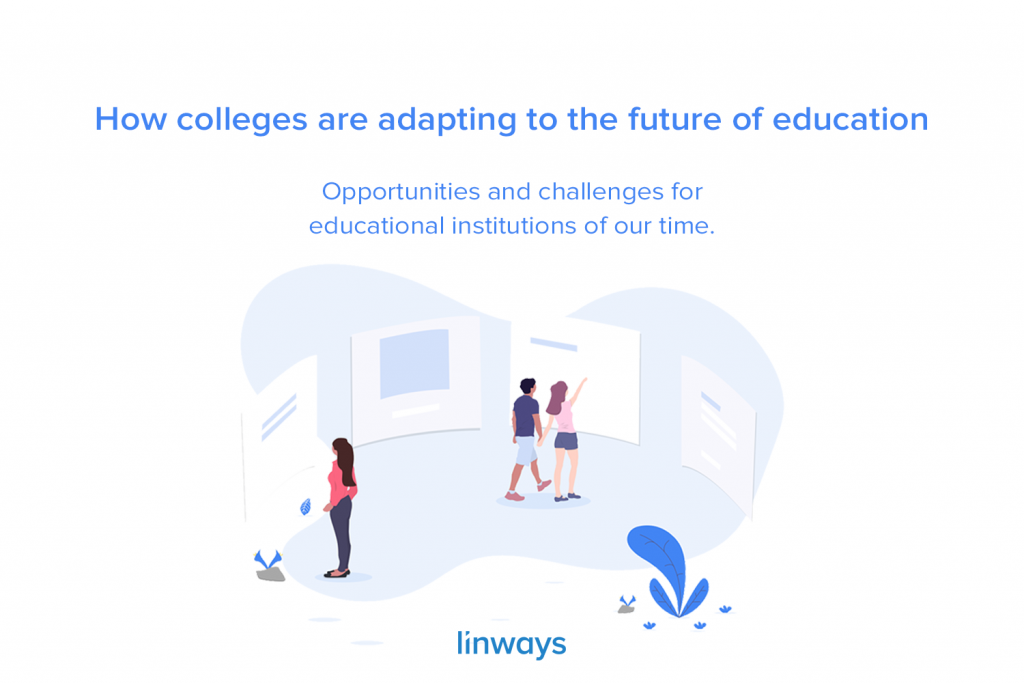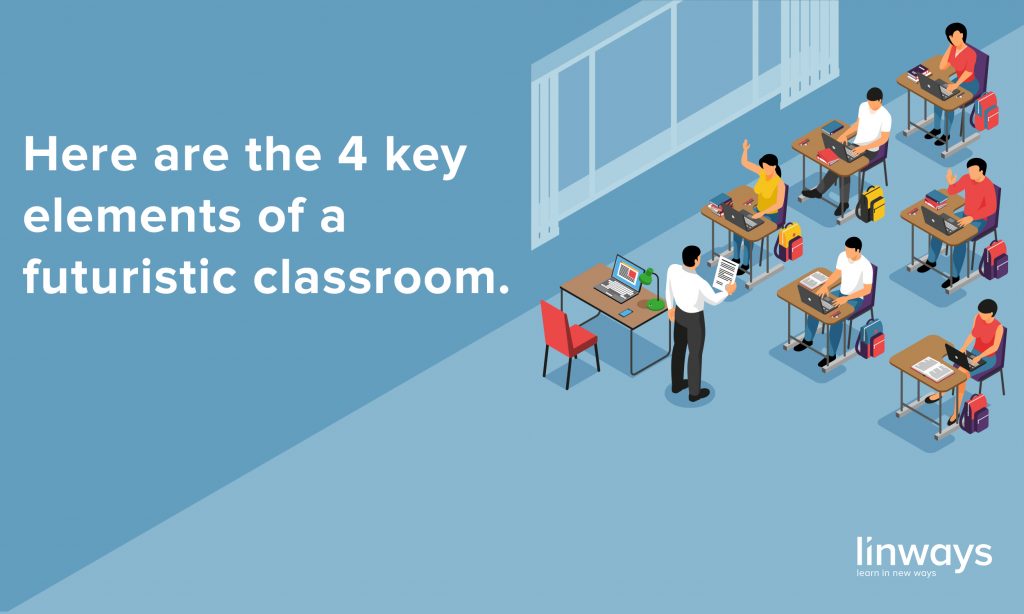
Every one of us has heard the saying :
“Mistakes have the power to turn you into something better than never before”
When we were small kids our mistakes are greatly applauded, and it has always encouraged us to rise from each fall and perform better. At that stage of life, we saw failures as some mere parts of success. In later stages students started seeing failures as something negative, scoring less made them depressed and stopped them from taking any chances.
So let’s see how a teacher can make the students learn from their mistakes in an education system.
One of the greatest boons of the higher education system is that student gets proper guidance and feedback from their mentors and peers. The support and guidance the teachers provide can play miracles in students’ performance and life.
Let`s see some of the ways in which a teacher can help a student to learn from their mistakes:
- Encourage Students to Learn from Mistakes
After teaching a topic and when a problem related to the concept is provided to the students, generally, three different outcomes can be expected from them :
- One group of students give the correct solution.
- The second set of students who give wrong answers.
- Finally, an array of students did not even try to attempt the question thinking that the answer will be wrong.
So in this situation, the first set of students can be appreciated for their performance.
For obtaining cent percentage effectiveness in the teaching-learning process, the teacher`s challenge lies in upbringing the next two categories of students. So both these sections can be handled with a simple technique.
Once the students who made mistakes are encouraged to find out the mistake on their own and by helping them correct the answers, they will become more confident, and also by teacher`s this action hesitance of the third group of students can be eliminated.
Also, the group of students who have made the mistake and learned from it has more chances of being careful and avoiding similar mistakes.
2. Help Students to understand the mistakes on their own.
Always figuring out the mistake by themselves and finding the solution helps the student to memorize the concept also it builds a kind of self-esteem in students which motivates them to attempt even more complex problems with great enthusiasm. Flipped classroom technique is a highly effective system in helping students to understand the mistakes on their own.
3. Providing Students with Timely Feedback
Always give students the opportunity to learn, assess them, provide timely feedback, and help them to identify how close they are to the precise solution. Common feedback systems that are used to assess students are assignments, regular class tests, case studies, etc. On evaluating their works when remarks are also provided with the final marks, students will be able to identify their mistakes and areas of improvement.
Making the students work in group projects, organizing group discussions or debates helps the teacher to identify the common mistakes that students tend to make and they can be corrected easily.
Encouraging the students to “ DO IT, AND DO IT WRONG!” helps them putting endless effort into attempting a problem. And if they come up with the right answer, it boosts their confidence.
4. Analyze Root Causes and Sources
Mistakes are of different types primarily Careless mistakes, Systematic mistakes, Misconceptions, Lazy Mistakes and Beginner Mistakes – the root cause of mistakes can have many sources. When the teacher helps the students to identify the root cause of mistakes it helps them in changing the thought process and prevents them from making further mistakes.
5.Using Technology-Assisted Assessment Tools
Using the right learning tool such as an Academic Management System and using the assessments present in the system help the students in identifying their mistakes and providing the right feedback.
For instance, consider Rubrics as an example :
In education terminology, rubric means “A scoring guide used to evaluate the quality of students’ constructed responses”.
So while performing an assessment, if the teacher specifies the rubric’s criteria for each question, it would be easier for the students to answer the question. Also after the evaluation process student will be able to find out the criteria on which they need to improve.
Linways is one of the few AMS in which the Rubrics can be added while performing the assessment thus helping the students learn on their own from their mistakes.
Also published on Medium.




